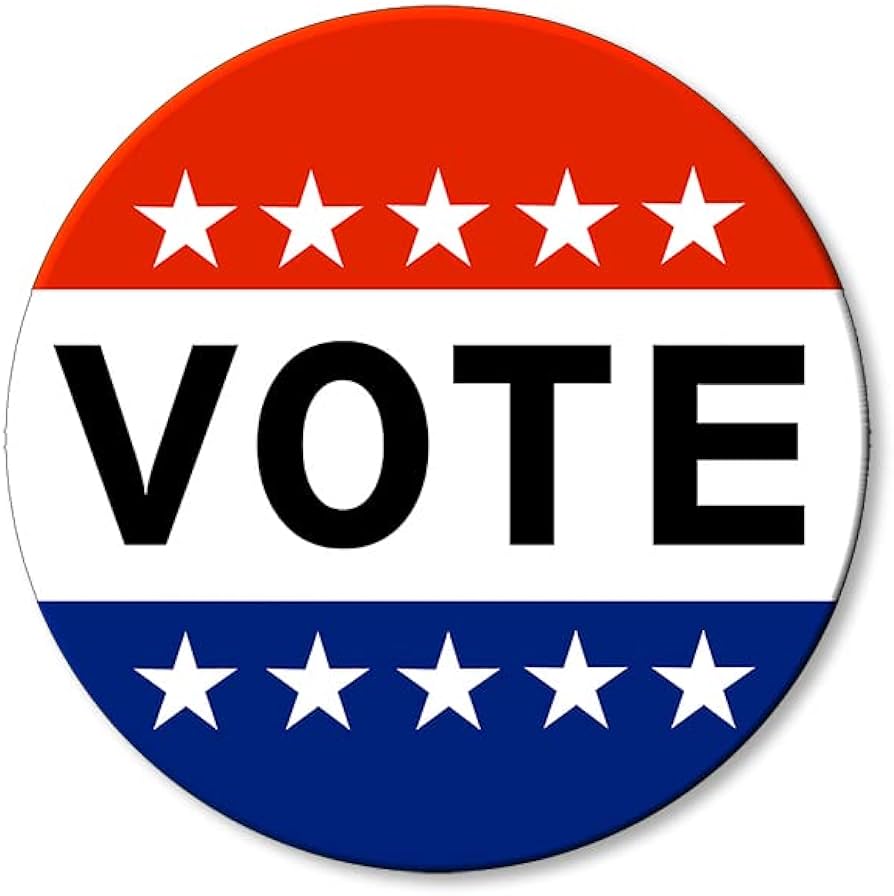- cross-posted to:
- politics@sh.itjust.works
- cross-posted to:
- politics@sh.itjust.works
The Biden administration finalized on Monday the first-ever minimum staffing rule at nursing homes, Vice President Kamala Harris announced.
The controversial mandate requires that all nursing homes that receive Medicare and Medicaid funding provide a total of at least 3.48 hours of nursing care per resident per day, including defined periods from registered nurses and from nurse aides. That means a facility with 100 residents would need at least two or three registered nurses and at least 10 or 11 nurse aides, as well as two additional nurse staff, who could be registered nurses, licensed professional nurses or nurse aides, per shift, according to a White House fact sheet.
Plus, nursing homes must have a registered nurse onsite at all times. The mandate will be phased in, with rural communities having longer timeframes, and temporary exemptions will be available for facilities in areas with workforce shortages that demonstrate a good faith effort to hire.
The rule, which was first proposed in September and initially called for at least three hours of daily nursing care per resident, is aimed at addressing nursing homes that are chronically understaffed, which can lead to sub-standard or unsafe care, the White House said.



At first I was like “wait, how is this controversial?”
FTA:
“Nursing home operators strongly objected to the minimum staffing proposal in September, saying they already struggle to fill open positions. Such a requirement could force some facilities to close.”
There are two options for a nursing home in this position:
But here’s the damned part of it… if they shed patients, or just flat out close up shop, all those patients have to go SOMEWHERE and now that’s going to stress OTHER facilities who will need to… yup… hire more or reduce the number of patients.
FTA:
“a facility with 100 residents would need at least two or three registered nurses and at least 10 or 11 nurse aides, as well as two additional nurse staff, who could be registered nurses, licensed professional nurses or nurse aides, per shift”
Has anyone done the boomer math here?
https://acl.gov/ltc/basic-needs/how-much-care-will-you-need
"Someone turning age 65 today has almost a 70% chance of needing some type of long-term care services and supports in their remaining years
Women need care longer (3.7 years) than men (2.2 years)
One-third of today’s 65 year-olds may never need long-term care support, but 20 percent will need it for longer than 5 years"
Woof. 76.4 million boomers.
https://www.prb.org/resources/just-how-many-baby-boomers-are-there/
2-3% of that for registered nurses.
10-11% for nurse aides.
2% additional nurse staff.
So as much as 15% of the population needed just for nursing staff?
70% of 76.4 million = 53,480,000 boomers needing nursing home care.
15% of 53,480,000 = 8,022,000 nursing staff needed, JUST for the nursing homes.
https://www.aacnnursing.org/news-data/fact-sheets/nursing-workforce-fact-sheet
“Nursing is the nation’s largest healthcare profession, with nearly 4.7 million registered nurses (RNs) nationwide. Of all licensed RNs, 89% are employed in nursing.”
Now that’s just RNs and we only need 2-3% for RNs, but that is still 1,604,400 just dedicated to nursing homes, or about 1/4 of all nurses.
https://www.statista.com/statistics/185144/persons-employed-in-us-nursing-care-facilities-since-2000/
“This statistic shows the number of persons employed in U.S. nursing care facilities from 2000 to 2022. In 2022, there were approximately 1,280,000 persons employed in nursing care facilities all over the United State, a significant decrease compared to previous years.”
Note, that figure is a fraction of what would be needed and that’s ALL nursing home staff, not just the nurses.
This is a great IDEA, and nobody wants nursing home residents living in squalor, but I just don’t see how that mandate is achievable… unless someone puts Boston Dynamics robots through nursing schol…
https://youtu.be/29ECwExc-_M
Pay higher wages
Improve working conditions
The reason they struggle to fill these positions is because of how terrible they treat their front-line staff
That AND there aren’t enough qualified people in the pipeline to fill all the positions that need to be filled.
Labor shortages are always, always, caused by compensation problems or management problems. Every single time. No exceptions.
There are plenty of ex nurses that left the profession during covid. It became abundantly clear how little they were respected. Try respecting them again and maybe you won’t have shortages.
You know the best way to show respect? Proper compensation and competent management.
A nursing program is 16 months. Even if they miraculously started paying more today, the next crop of students isn’t going to see it for almost a year and a half.
That’s the other part of it. You have to attract people to a 16 month commitment before they ever see a salary and there aren’t enough people currently in that pipe at any pay level.
And? Are you claiming if something can’t be fixed tomorrow it’s not worth working on?
No, I’m saying the problem is larger than “well, pay them more.”
No I don’t think it is. It’s just not an instant fix. But nothing in life ever is so that’s a silly way to go about thinking of the world. Besides, there’s nothing to say it would even take years to correct. There’s plenty of nurses that got out of the game due to lack of pay and lack of proper management. Not only would new people get into the profession, but many would come back.
Certainly I think it’s a better solution than continually to underpay them and hoping it’ll work itself out. A pizza party ain’t going to save this shit. There’s no magical scenario to fix underemployment in an industry that doesn’t involve proper compensation.
If they paid enough, there would be more workers entering the pipeline
For 16 months from now, sure. That doesn’t change anything in the interim.
Welp, I guess we’ll just give up then.
Good thing the article stated this doesn’t go into effect immediately.
Raise wages and more people will join the pipeline.
Yes, paying people appropriately really is a silver bullet.
Your math is… Difficult to follow, to say the least.
tl;dr We need nurse robots!
It seems you’re making the assumption that all these baby boomers will need care in a nursing home at the same time. This doesn’t seem reasonable at all given there’s an 18 year age range among boomers.
Granted it’s not going to happen all at the same time, but when the oldest ones have died off, the oldest GenX’ers (me) will start qualifying.
Regardless if the number is 8 million nurses, 1 million nurses, or something in between, we don’t have enough people working the jobs or in the pipeline to meet this mandate.